Ancient History looks at every aspect of the ancient world: you'll find articles covering politics, society, literature, language, religion, economics, and art - all in one magazine! Like its big brother, Ancient Warfare, Ancient History Magazine is a bi-monthly, 60-page magazine that relies on a thematic approach: each issue is centered around one specific subject. From ancient Egyptian trade and Roman family life to the lost city of Pompeii, there's sure to be something for everyone - all presented in a well-researched but accessible, fun manner.
Ancient History Magazine
EDITORIAL – WONDERWALL
PRELIMINARIES
THE LEIDEN AMUN PAPYRUS • Ancient papyri can profoundly transform our ideas about the intellectual adventure of ancient man. One example is the Leiden Amun papyrus, which documented the idea of a transcendental supreme god many centuries before the Greek philosophers arrived upon this concept.
THE PHILISTINES • During the latter part of the Late Bronze Age (from ca.1300 BC) and into the Iron Age (starting ca.1200 BC), Egyptian and other ancient sources mention groups – some serving as mercenaries in various armies, or classified as hostile raiding elements – beginning to appear in the eastern Mediterranean. This includes groups called the Danuna, the Sikils (possibly originating in Sicily), the Shardanu (possibly originating in Sardinia), and the Philistines. In contemporary research, all these peoples have been grouped together under the modern term ‘Sea Peoples’. These Sea Peoples are part and parcel of the long-term and substantial changes and complex processes that occurred in the transition between the Late Bronze and Iron Ages, ca.1200 BC.
Representing the Philistine warrior
Modest Philistine temples
TOWER OF THE WINDS • A visitor to second century AD Athens could not help having his attention diverted by an elegant octagonal tower, known today as the Tower of the Winds. Although partly obscured back then by the surrounding buildings, its warm-hued Pentelic marble stood in contrast to the cold, grey Hymettian marble of the gateway. Much more than mere decoration, this tower played an important role in Athens as an astronomical aide, a weather forecaster, and a time keeping device.
THE LIMITS OF EMPIRE • On becoming emperor in AD 117, Hadrian did the unthinkable. His first act was to abandon his predecessor Trajan’s newly conquered lands in the East. Hadrian’s decision ended hundreds of years of imperial expansion. While in the island province of Britannia, implementing Augutus’ foreign policy took the form of a wall.
Expeditio Britannica
Design and construction
WHY BUILD HADRIAN’S WALL? • We can see clearly enough what the Roman Army did. At some point in the early 120s, soldiers assembled on the Tyne-Solway isthmus to construct a barrier on a scale utterly unprecedented in Britain. What we do not know is why.
Internal and external security
The Limes elsewhere
LIFE ON THE FRONTIERS • The frontier zones of the Roman Empire were home to diverse communities of both military and civilian inhabitants, who became interdependent over time. However, the actual experience of life on the frontier has often been difficult to reconstruct. None of the more formal historical sources from the Roman world really discuss the realities of life on the frontiers – the subject was largely not of interest to them, nor to their readers. Fortunately, more informal military documents can shed some light on the lived experience of the frontier populations – particularly in the case of Vindolanda, where an extraordinary range of texts provides unprecedented insight into life on and around Hadrian’s Wall.
ALL ALONG THE WATCHTOWER • If you were stationed in a watchtower on Hadrian’s Wall and two riders were approaching, or an army, or any other...
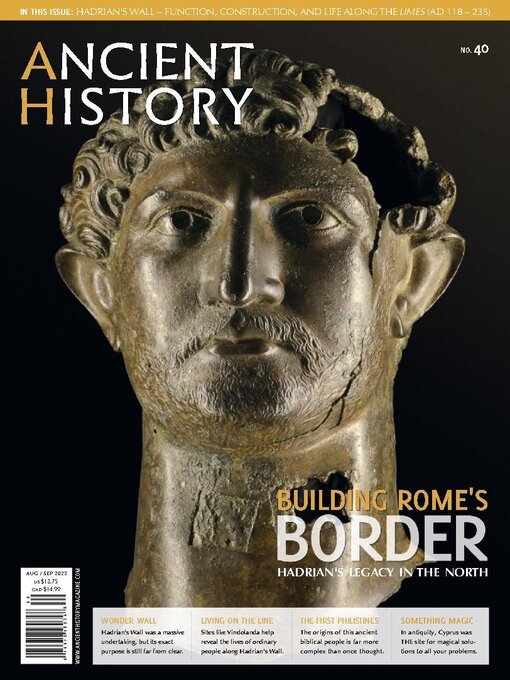
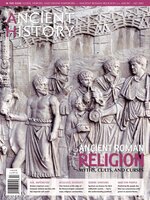 AH 57
AH 57
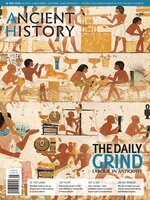 AH 56
AH 56
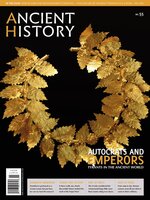 AH 55
AH 55
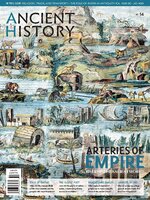 AH 54
AH 54
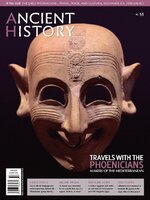 AH 53
AH 53
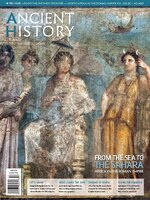 AH 52
AH 52
 AH 51
AH 51
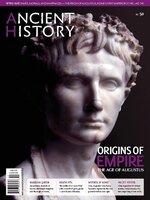 AH 50
AH 50
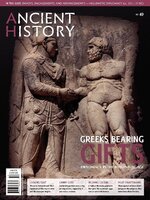 AH 49
AH 49
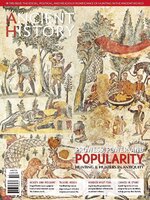 AH 48
AH 48
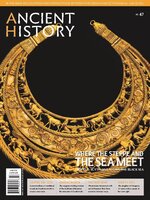 AH 47
AH 47
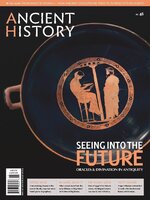 AH 46
AH 46
 AH 45
AH 45
 AH 44
AH 44
 AH 43
AH 43
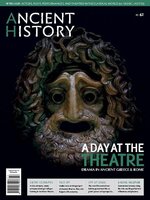 AH 42
AH 42
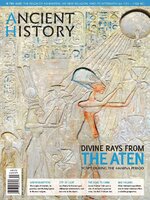 AH 41
AH 41
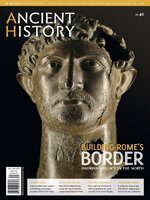 AH 40
AH 40